How to maintain the chassis of new energy vehicles? The chassis maintenance of new energy vehicles mainly includes the following aspects:
Chassis protection
Install the chassis engine protection plate to protect important parts such as the engine and gearbox.
Chassis cleaning and maintenance
Regularly clean and scrub the vehicle chassis, especially the mud and garbage on the chassis, which should be cleaned in time to avoid erosion.
Chassis inspection
Regularly check whether the chassis has bumps, deformation or rust, and whether the transmission parts, suspension and chassis connectors are loose and aging.
Rust prevention treatment
Carry out rust prevention care on the chassis to ensure that the rust prevention material is evenly sprayed, and dry naturally after completion.
Brake system maintenance
Regularly check the wear of brake pads and brake discs and replace them in time.
Due to the regenerative braking system of electric vehicles, the wear of brake pads may be different from that of fuel vehicles, and special attention needs to be paid.
Regularly check the moisture content of brake oil. It is generally recommended to replace it every 2-3 years or 40,000-60,000 kilometers.
Suspension system inspection
Check whether the shock absorber is leaking oil and whether the spring is deformed or damaged. The normal operation of these parts can ensure the comfort and stability of the vehicle.
Steering system inspection
Check whether the steering rod is loose and the steering ball head is worn to ensure accurate and sensitive steering.
Axle shaft inspection
Check whether the half shaft seal is damaged to prevent lubricating oil leakage and affect the normal operation of the half shaft.
Through the above measures, the chassis of new energy vehicles can be effectively maintained, the service life of the vehicle can be extended, and a good driving experience can be maintained.

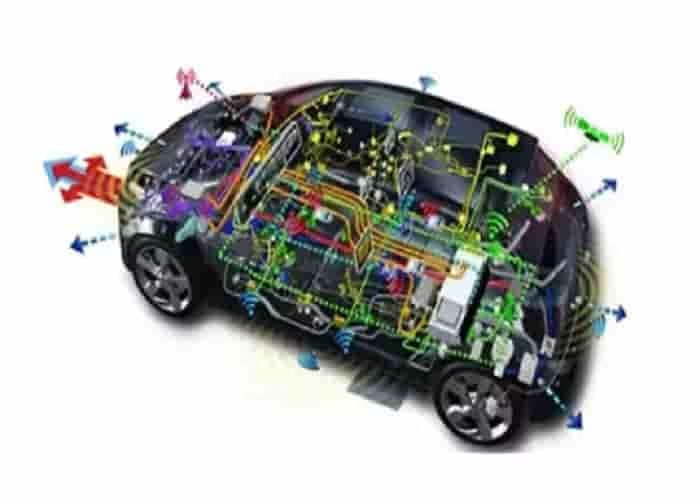
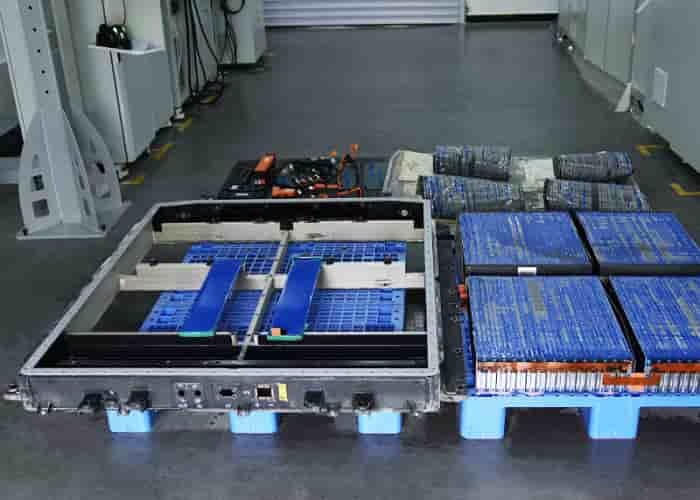
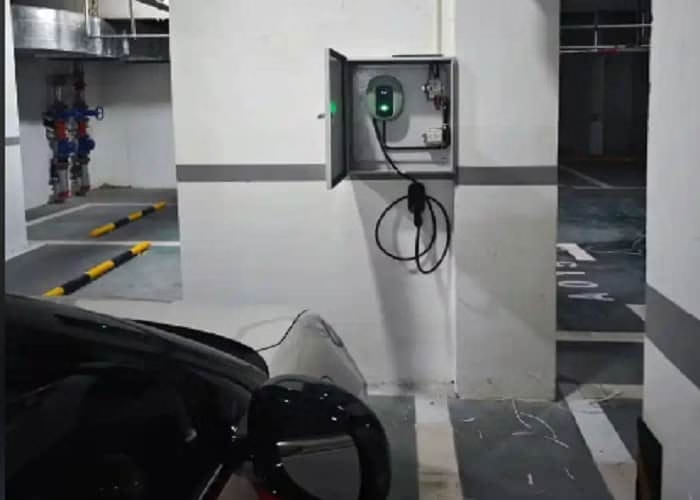

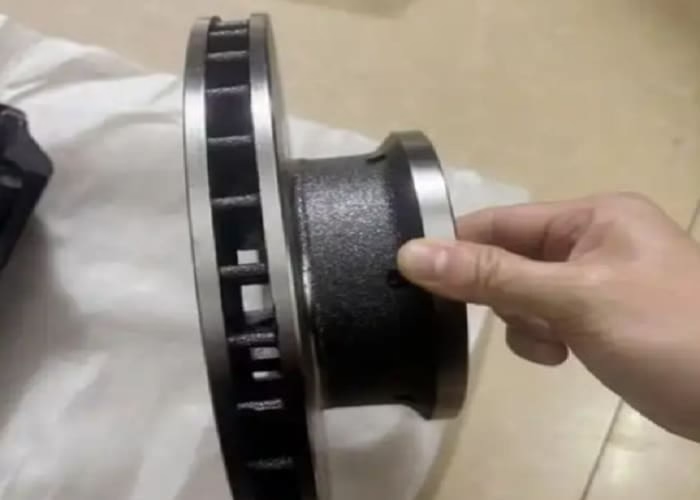
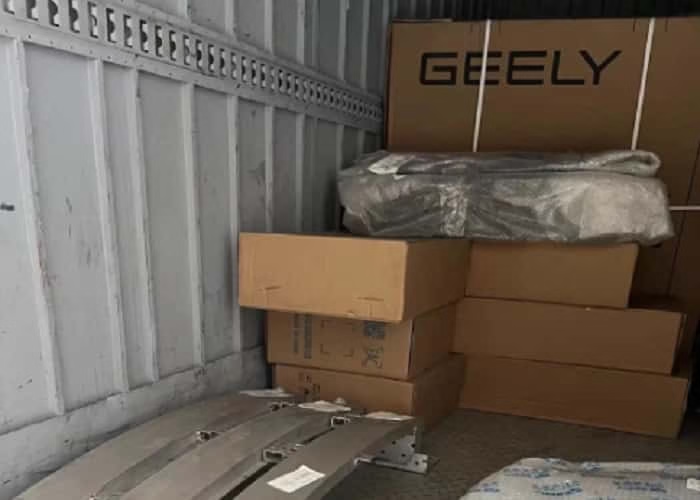
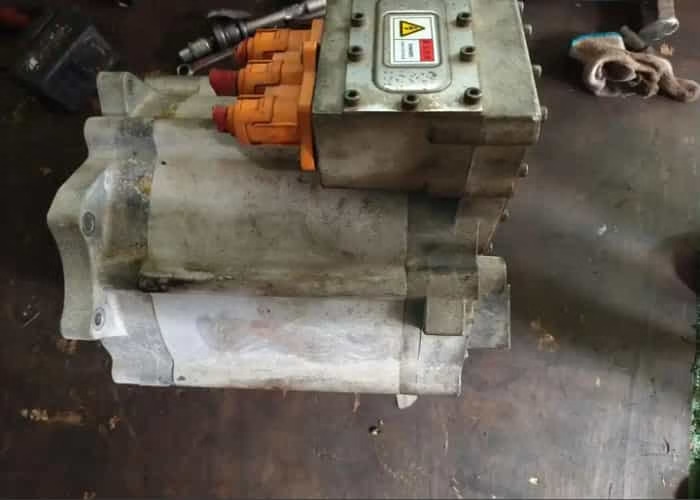
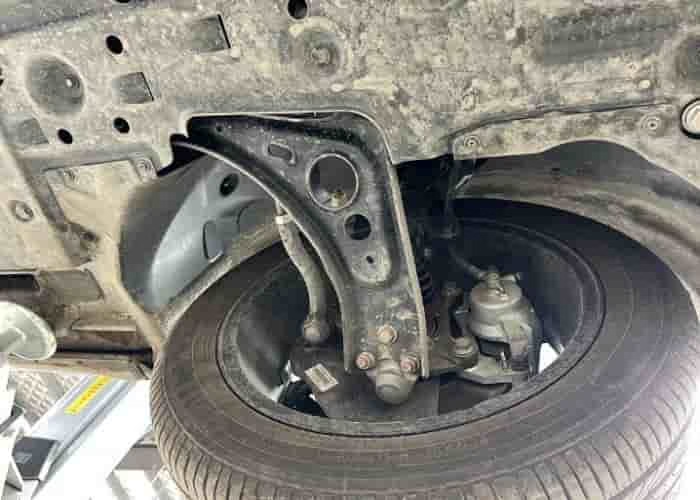
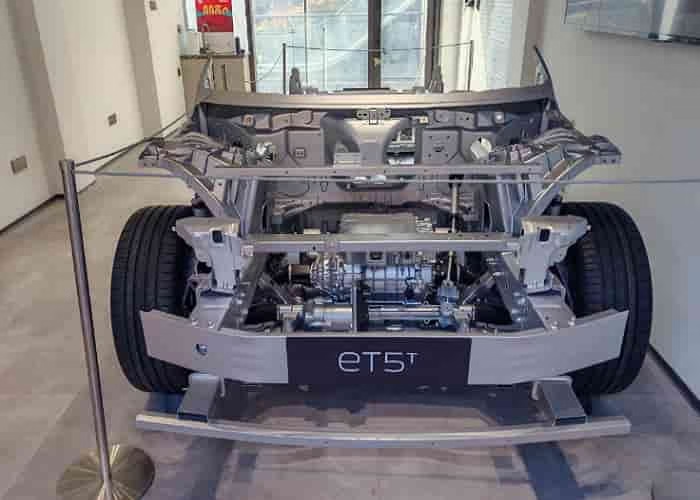
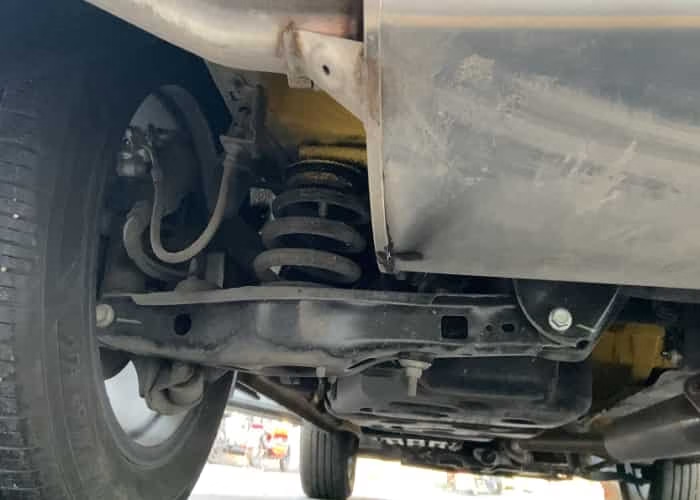
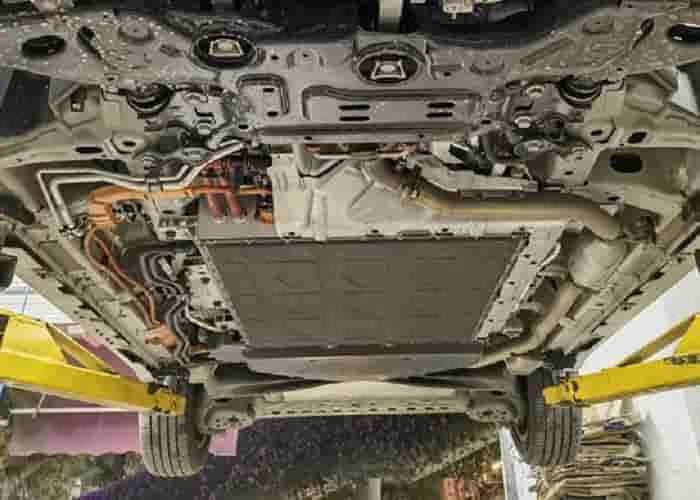



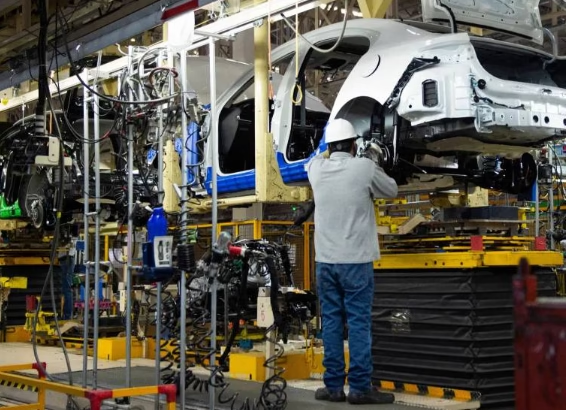
Leave a Reply